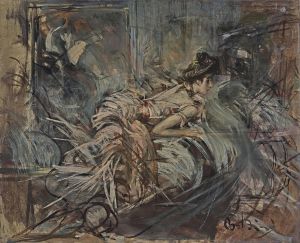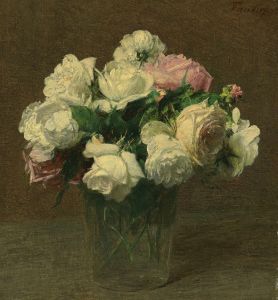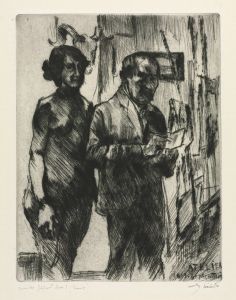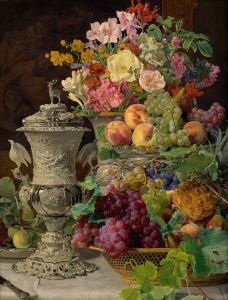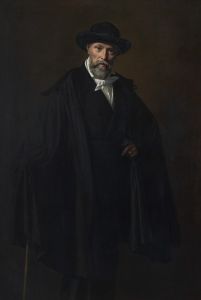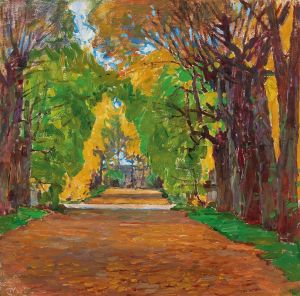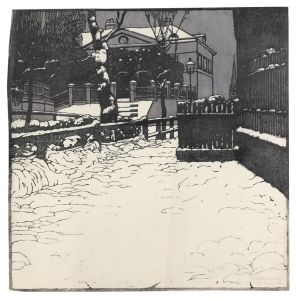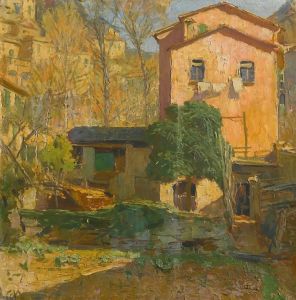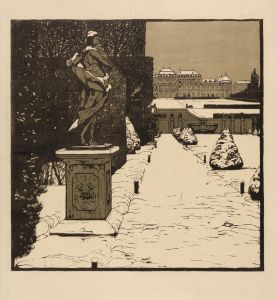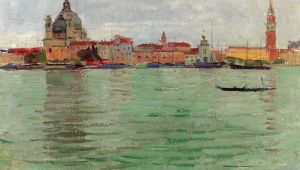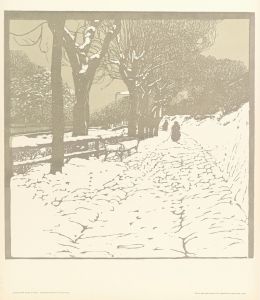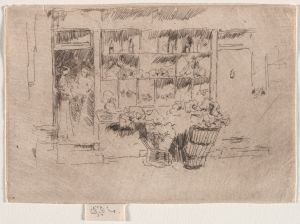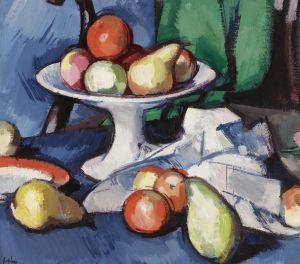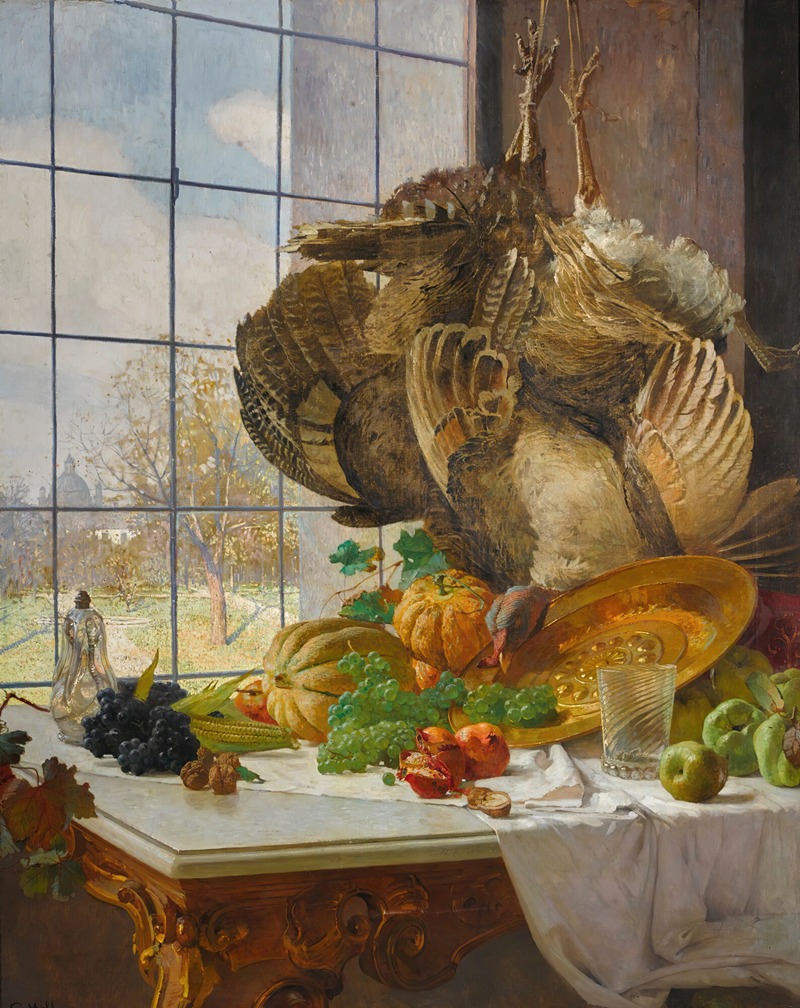
Autumn still life in the artist’s studio
A hand-painted replica of Carl Moll’s masterpiece Autumn still life in the artist’s studio, meticulously crafted by professional artists to capture the true essence of the original. Each piece is created with museum-quality canvas and rare mineral pigments, carefully painted by experienced artists with delicate brushstrokes and rich, layered colors to perfectly recreate the texture of the original artwork. Unlike machine-printed reproductions, this hand-painted version brings the painting to life, infused with the artist’s emotions and skill in every stroke. Whether for personal collection or home decoration, it instantly elevates the artistic atmosphere of any space.
Carl Moll was an Austrian painter known for his contributions to the Vienna Secession movement, which was a group of artists who broke away from the traditional art institutions in Vienna at the end of the 19th century. Moll's work often focused on landscapes and interiors, capturing the serene and contemplative aspects of these subjects. One of his notable works is "Autumn Still Life in the Artist’s Studio," which exemplifies his style and thematic interests.
"Autumn Still Life in the Artist’s Studio" is a painting that reflects Moll's fascination with the interplay of light and color, as well as his meticulous attention to detail. The painting depicts an artist's studio, a common subject in Moll's oeuvre, filled with the warm and muted tones of autumn. The composition is carefully arranged to highlight the textures and colors of the objects within the studio, such as leaves, fruits, and other items that evoke the season of autumn.
Moll's technique in this painting demonstrates his skill in manipulating light to create a sense of depth and atmosphere. The way light filters into the studio, casting gentle shadows and illuminating the objects, is a testament to his understanding of how light can transform a scene. This attention to lighting is a hallmark of Moll's work and is evident in many of his other paintings as well.
The painting also reflects the influence of the Vienna Secession movement, which sought to challenge the traditional academic art styles of the time. Moll, along with other members of the movement, aimed to create art that was more personal and expressive, often incorporating elements of symbolism and focusing on the aesthetic experience. In "Autumn Still Life in the Artist’s Studio," this is seen in the way the objects are not merely depicted for their own sake but are arranged to evoke a mood and convey a sense of tranquility and introspection.
Moll's work, including this painting, is often associated with the broader trends in European art during the late 19th and early 20th centuries, where there was a shift towards exploring new forms and techniques. His paintings are characterized by their clarity, precision, and the harmonious balance of color and composition.
"Autumn Still Life in the Artist’s Studio" is an example of Moll's ability to capture the essence of a moment and the beauty of everyday objects. It invites viewers to pause and appreciate the subtle details and the quiet beauty of the scene. Through his work, Moll contributed to the development of modern art in Austria and left a lasting impact on the art world with his unique vision and dedication to his craft.
Today, Carl Moll's paintings, including "Autumn Still Life in the Artist’s Studio," are appreciated for their artistic merit and historical significance. They offer insight into the cultural and artistic shifts of his time and continue to be studied and admired by art enthusiasts and scholars alike.





